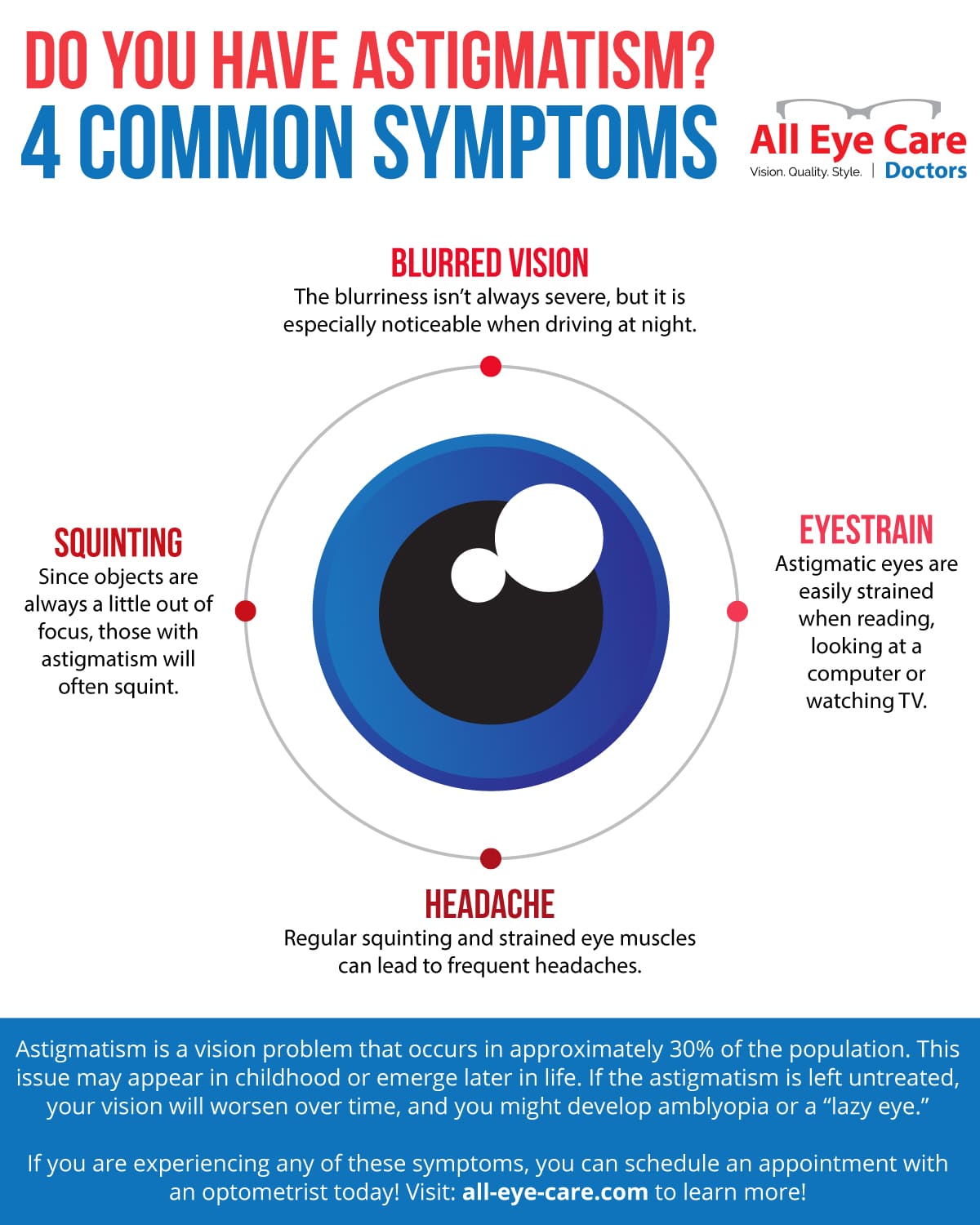What Are The Differences And Similarities Between SMILE Eye Surgery And LASIK And PRK?
What Are The Differences And Similarities Between SMILE Eye Surgery And LASIK And PRK?
Blog Article
Write-Up Composed By-Humphries Vincent
If you have actually been considering SMILE eye surgery, you may ask yourself how it compares to LASIK and PRK. Each procedure has its own collection of advantages and factors to consider. From quicker recovery times to prospective dangers, there are essential distinctions you must understand before making a decision. Recognizing these differences will aid you make an enlightened choice that straightens with your certain requirements and assumptions. Curious to know more regarding just how these procedures compare in detail? Keep on discovering to obtain a comprehensive understanding of SMILE, LASIK, and PRK.
SMILE Eye Surgery Introduction
If you're thinking about SMILE eye surgical procedure, you'll locate it to be a minimally intrusive treatment with a fast recuperation time. Throughout SMILE (Tiny Laceration Lenticule Removal), a laser is utilized to produce a small, exact incision in the cornea to remove a small item of tissue, improving it to correct your vision. This varies from LASIK, where a flap is created, and PRK, where the outer layer of the cornea is entirely removed.
Among the key benefits of SMILE is its minimally intrusive nature, bring about a faster healing process and less discomfort post-surgery. The healing time for SMILE is fairly fast, with several clients experiencing enhanced vision within a day or two. This makes it a popular selection for those seeking a practical and effective vision adjustment treatment. Additionally, SMILE has actually been shown to have a reduced risk of dry eye disorder contrasted to LASIK, making it a favorable option for individuals concerned about this potential negative effects.
Distinctions Between SMILE, LASIK, and PRK
When comparing SMILE, LASIK, and PRK eye surgical treatments, it is necessary to recognize the distinctive strategies utilized in each procedure for vision correction.
SMILE (Little Laceration Lenticule Extraction) is a minimally intrusive treatment that entails producing a small incision to extract a lenticule from the cornea, improving it to remedy vision.
LASIK (Laser-Assisted Sitting Keratomileusis) entails producing a thin flap on the cornea, making use of a laser to reshape the underlying tissue, and after that repositioning the flap.
PRK (Photorefractive Keratectomy) eliminates the outer layer of the cornea before improving the tissue with a laser.
The main distinction depends on the method the cornea is accessed and dealt with. SMILE is flapless, making it a great alternative for individuals with thin corneas or those involved in call sports. LASIK provides fast aesthetic healing due to the flap production, but it might pose a higher threat of flap-related issues. PRK, although having a much longer recuperation duration, prevents flap-related problems altogether.
Understanding these differences is important in selecting one of the most ideal treatment for your vision correction needs.
Benefits And Drawbacks Contrast
To evaluate the benefits and disadvantages of SMILE, LASIK, and PRK eye surgical procedures, it's essential to take into consideration the specific benefits and prospective restrictions of each treatment. SMILE surgery provides the advantage of a minimally intrusive treatment, with a smaller incision and possibly quicker recovery time contrasted to LASIK and PRK. Halos After LASIK How Long minimizes the risk of completely dry eye post-surgery, an usual negative effects of LASIK. However, SMILE may have constraints in dealing with greater degrees of nearsightedness or astigmatism compared to LASIK.
LASIK surgical treatment offers rapid aesthetic recuperation and minimal pain during the treatment. It's highly efficient in dealing with a vast array of refractive errors, including nearsightedness, hyperopia, and astigmatism. Yet, LASIK carries a risk of flap issues, which can affect the corneal structure.
PRK eye surgery, while not as preferred as LASIK, avoids creating a corneal flap, minimizing the threat of flap-related complications. https://lasik-price49205.blogscribble.com/26600344/the-growth-of-modern-cataract-surgery-methods-a-thorough-evaluation appropriates for patients with thin corneas or uneven corneal surface areas. Nonetheless, PRK has a longer recovery time and may involve a lot more discomfort throughout the healing procedure.
you can try this out , when it involves choosing between SMILE, LASIK, and PRK, think of it like picking the excellent set of footwear. SMILE is like a streamlined, comfortable set of sneakers - quick and very easy.
LASIK is a lot more like fashionable high heels - fancy and fast, yet with some potential risks.
PRK is like tough treking boots - reputable and durable, yet calling for a bit even more effort and time.
Inevitably, the most effective choice depends upon your specific demands and choices.
